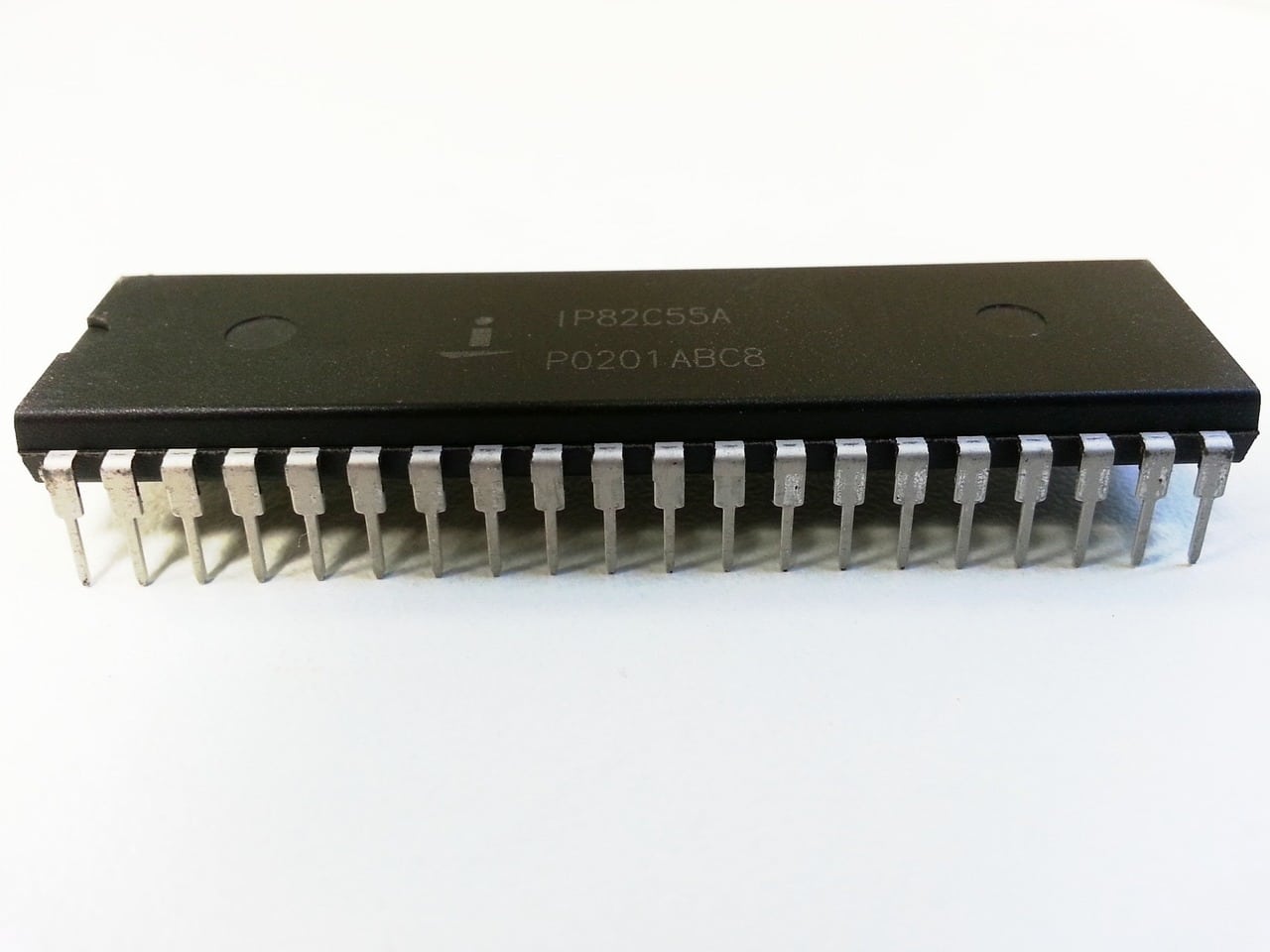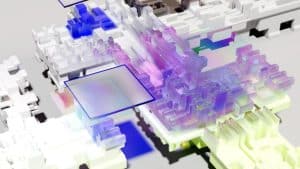Bio-Electronic Interfaces: Living Connections
Connecting Biology and Electronics: The Fascinating World of Bio-Electronic Interfaces
Technology has advanced exponentially in recent years, allowing us to explore new frontiers and create unimaginable innovations. One of the most fascinating fields of research is the intersection of biology and electronics, known as bio-electronic interfaces. These interfaces, also known as living connections, combine the incredible complexity and adaptability of biology with the precision and speed of electronics. In this article, we will take a closer look at bio-electronic interfaces and how they are revolutionizing the way we interact with technology.
What are Bio-Electronic Interfaces?
Bio-electronic interfaces are devices that establish a direct connection between biological systems, such as cells, tissues, or even whole organisms, and electronic systems, such as sensors or computers. This connection allows for the exchange of information and signals between the biological and electronic components, creating a seamless integration of living and non-living systems.
These interfaces can be used for a variety of purposes, from monitoring biological processes to controlling them. They have the potential to transform healthcare, biotechnology, and even our understanding of life itself.
How Do They Work?
Bio-electronic interfaces work by converting biological signals into electronic signals or vice versa. This conversion can take place at any level, from single cells to entire organisms. The key to this conversion is the use of sensitive sensors or electrodes that can measure and transmit biological signals, such as electrical activity or biochemical changes, to electronic devices.
These devices then use algorithms and artificial intelligence to interpret and act upon the biological data. In some cases, bio-electronic interfaces can also stimulate biological systems, such as activating neurons or muscles, using electrical or chemical signals.
The Applications of Bio-Electronic Interfaces
The potential applications of bio-electronic interfaces are vast and varied. They can be used for medical purposes, such as monitoring vital signs, diagnosing diseases, and even treating conditions like paralysis. By connecting the nervous system to prosthetic devices, bio-electronic interfaces can restore movement and sensation to patients with spinal cord injuries.
In the field of biotechnology, these interfaces have the potential to revolutionize drug discovery and development. By creating bio-electronic interfaces that mimic human organs or tissues, scientists can study the effects of drugs and treatments in a more accurate and efficient way than traditional methods.
Furthermore, bio-electronic interfaces have the potential to enhance human capabilities, such as improving memory or cognitive performance. They can also be used in environmental monitoring and management, allowing us to understand and control biological processes in the natural world.
The Future of Bio-Electronic Interfaces
The field of bio-electronic interfaces is still in its early stages, but it holds incredible promise for the future. Scientists and engineers are continuously pushing the boundaries of what is possible, creating new and innovative devices that bridge the gap between biology and electronics.
One of the most exciting developments is the use of genetically engineered cells as sensors and actuators in bio-electronic interfaces. These cells can be tailored to respond to specific signals, allowing for even more precise and targeted interactions between biology and electronics.
Another area of research is the creation of completely organic bio-electronic interfaces, using only naturally occurring materials. This would eliminate the need for synthetic or foreign materials in the body, reducing the risk of rejection or adverse reactions.
The Ethical and Social Implications
As with any emerging technology, bio-electronic interfaces raise important ethical and social questions. On one hand, they have the potential to improve human health and well-being in ways we could not have imagined. On the other hand, they also raise concerns about privacy, control, and the blurring of boundaries between human and machine.
It is crucial that we carefully consider the implications of bio-electronic interfaces and ensure that they are developed and used responsibly, with consideration for all stakeholders.
Final Thoughts
Bio-electronic interfaces are a truly remarkable and cutting-edge technology that has the potential to transform our world. They offer a unique perspective on the complex and dynamic interactions between biology and electronics, allowing us to harness the power of life itself.
As research and development continue, we can only imagine the possibilities that lie ahead for this field. It is an exciting time to be at the forefront of this fascinating and life-changing technology.










